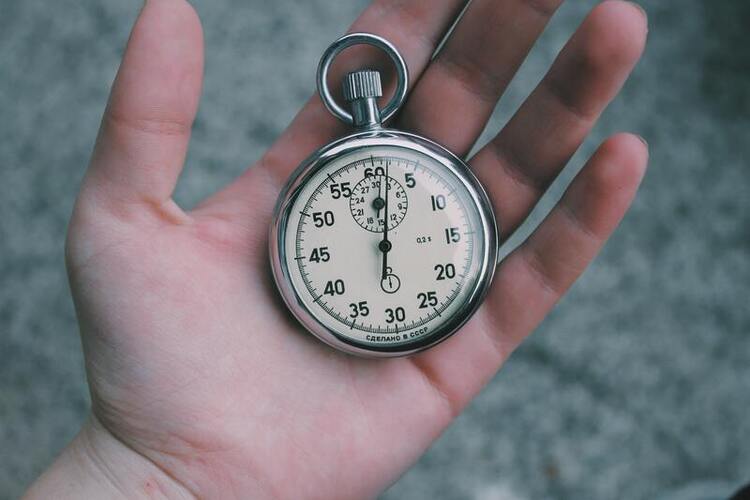If you’re not already in the know, 7 seconds is the length of time, on average, a hirer will look at your CV before deciding whether to shortlist you or not.
Yep, just 7 seconds. Depending on what you read, some say it can be as little as 5 seconds!
Whether you believe this headline-grabbing statistic or not, it’s certainly fair to say that there is truth behind it. Recruiters and hiring managers can receive hundreds of applications for every vacancy they advertise and often the vast majority are entirely unsuitable. Add into the mix rising unemployment rates and the number of applications only increase. Hirers have to be time-savvy and become practised at expeditiously eliminating candidates. They know that good CVs don’t always mean good candidates and vice versa, some candidate’s CVs really don’t do them justice.
That said, we recruiters are only human after all, it is possible that we could make the wrong call.
So, as a candidate, you’ll want to make sure that your CV grabs their attention in those important first few seconds for all of the right reasons and none of the wrong ones!
Here are our top tips to ensure you land yourself an interview and not a rejection!
CLEAR
For most people, a simple and easy to read format is going to be the best bet.
Use one standard font throughout with clear headings and sections. Avoid using widely available templates or CV builder tools, just imagine how many other near-identical CVs they’ll be out there.
TAILORED
We promise that the time you spend tailoring your CV to a specific role will be time well spent.
Look at the advert, job description and person specification and make sure your CV demonstrates why you’re a good match.
LAYOUT
A general rule of thumb is to start with your personal details - name, location, contact number and email is sufficient. Leave off anything that’s irrelevant such as full address, date of birth or National insurance number. Triple check the details you do provide to make sure they’re accurate - you’d be surprised at how many phone numbers we see that are a digit short etc.
A brief but well-written personal statement can help to give the recruiter a good overview - when they’re done right. We’d recommend sticking to a few key sentences and not more than a paragraph. Make it count, avoid wasting words on generic statements like ‘great communicator’ and instead use specific and quantifiable facts i.e. ‘received customer feedback score of 98%’.
This should be followed by either your education, skills or experience, whichever is most relevant to the role.
Avoid large blocks of texts; bullet points are usually easier on the eye, and never go over 2-pages. Triple check for errors too, an obvious spelling error can be an instant turn-off.
THINK LIKE THE RECRUITER
What the recruiter is looking to establish in those first few seconds is whether the practical aspects of the job are a match i.e. location, hours, level of job, and then whether the candidate has the required qualifications, skills and/or experience.
For example, if it’s a full-time job based in London and your CV shows you’re currently living in Manchester, it’s going to raise concerns from the off. It’s quicker for the recruiter to discard your application rather than contact you to establish that you’re open to relocation. It may sound obvious, but it’s something we see all too often.
It’s not a guaranteed no if you don’t match the job requirements, but any such questions are better covered off outside of your CV. For example, you’re looking for part-time work but the job is advertised as full time, or if a certain qualification is required and you’re still training. It may be that an employer would consider your application but this type of information is best included on a cover email or by preliminary phone call to check in advance.
AND FINALLY...
Finally, while it might feel totally demoralising to think that the CV you’ve spent so much time working might be viewed for just 7-seconds, just remember that its sole purpose is to get you in front of the hirer, and if it does that, then you’re on to a winner!

